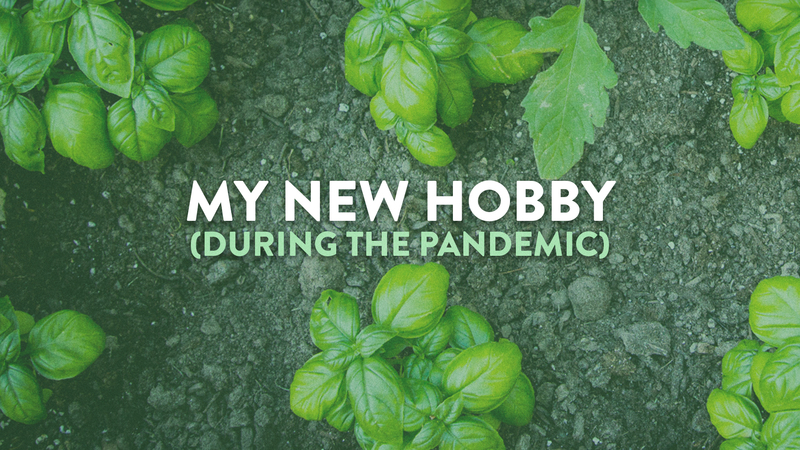My New Hobby: Gardening
During the Covid-19 pandemic, like many people, I found myself looking to try something different and gain a new skill. I was unsure what to do with my newly found spare time, so my family suggested starting our own garden in the backyard. I was very interested and thankful that my grandparents were willing to share their knowledge and tips with me. Here are a few things I’ve learned from starting, planting, and maintaining our backyard garden.
PLANT SEEDS OR PRE-GROWN PLANTS
Vegetable gardening does not have to start from a seed. Many garden centres have small pre-grown plants (called seedlings) you can use to get your garden going. The plants and seeds we acquired for our garden include tomatoes, basil, cucumber, lettuce, green beans, zucchini, parsley, bell pepper, and oregano.
SUNSHINE
Besides water, the most important element of a successful garden is access to sunlight. Sunshine will optimize nutrition for your vegetables. Make sure the space in which you're planting your garden is not shaded and allows sunshine throughout the day.

POTTING SOIL
Mixing potting soil into your garden has many benefits. This includes boosting plant nutrition and improving drainage of water in the soil, which promotes aeration of the vegetable. Potting soils are typically comprised of compost, fertilizers, worm castings or bone meal, and help improve the quality of the soil.
PLANT POSITIONING & DEPTH
Vegetable plants vary in size and needs. Make sure to research the recommended spacing and planting depth for your specific plants. This will ensure that the roots of the vegetable plants grow properly for water and nutrient absorption.

STAGGER PLANTING
Plants can also vary with the time it takes for them to grow. A plant like lettuce grows much quicker than zucchini or tomatoes. Therefore seeds from your packet can be spread out over the course of a few weeks. This will allow you to have more vegetable stock over the season.
BUG REPELLANTS
Garden pests can gnaw and destroy your vegetable garden. An easy way to prevent them from invading the garden is by including certain plants that naturally repel them. Some great pest repelling plants include Mint, Basil, Chives, Garlic, and Rosemary.

SQUIRRELS & RABBITS
Other enemies of the garden are the cute furry animals that don’t seem as cute when they have a face full of your vegetables in their mouth. Building a garden bed or a protective fence can help prevent these encounters and keep a healthy relationship with your backyard visitors.
SEASONAL PLANTING
Timing is key for planting your vegetable garden. Using online resources such as the Farmers Almanac planting calendar can help you schedule when the right time is to plant for optimal growth.
COMPANION PLANTING
Planting certain vegetables near each other in your garden can have a huge range of benefits. Doing so can provide nutritional benefits, combat anti-fungal disease, or even repel bugs. Some examples are pairing carrots and leeks, beans and squash, tomato and basil, or cucumbers and peas.

WATERING
Whether you use a hose or a bucket for watering your vegetables, make sure you water the soil around the vegetable and not directly on top of the vegetable itself. This will prevent drowning or damaging the plant.
Although trying something new can be intimidating, it can also be a fun and exciting new challenge. Using online resources, and getting advice from my family and friends made my gardening experience a pleasant one. I can’t officially say I have a green thumb, but am excited to continue to practice my gardening skills in the future.
